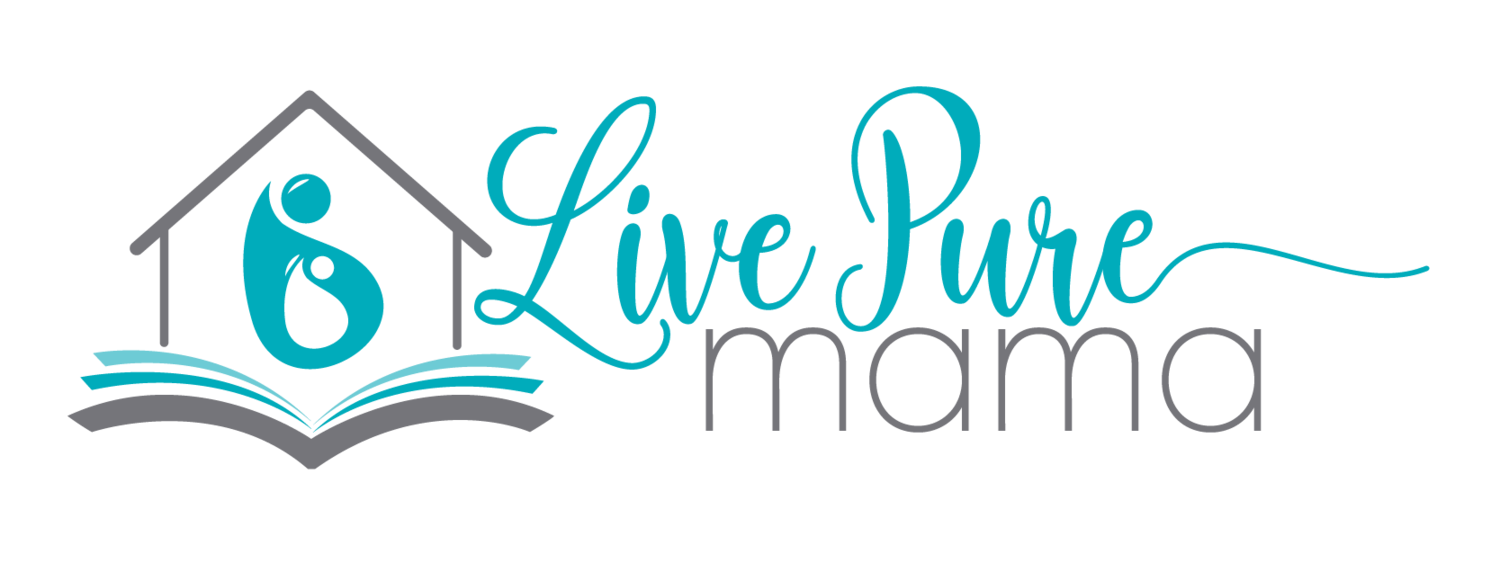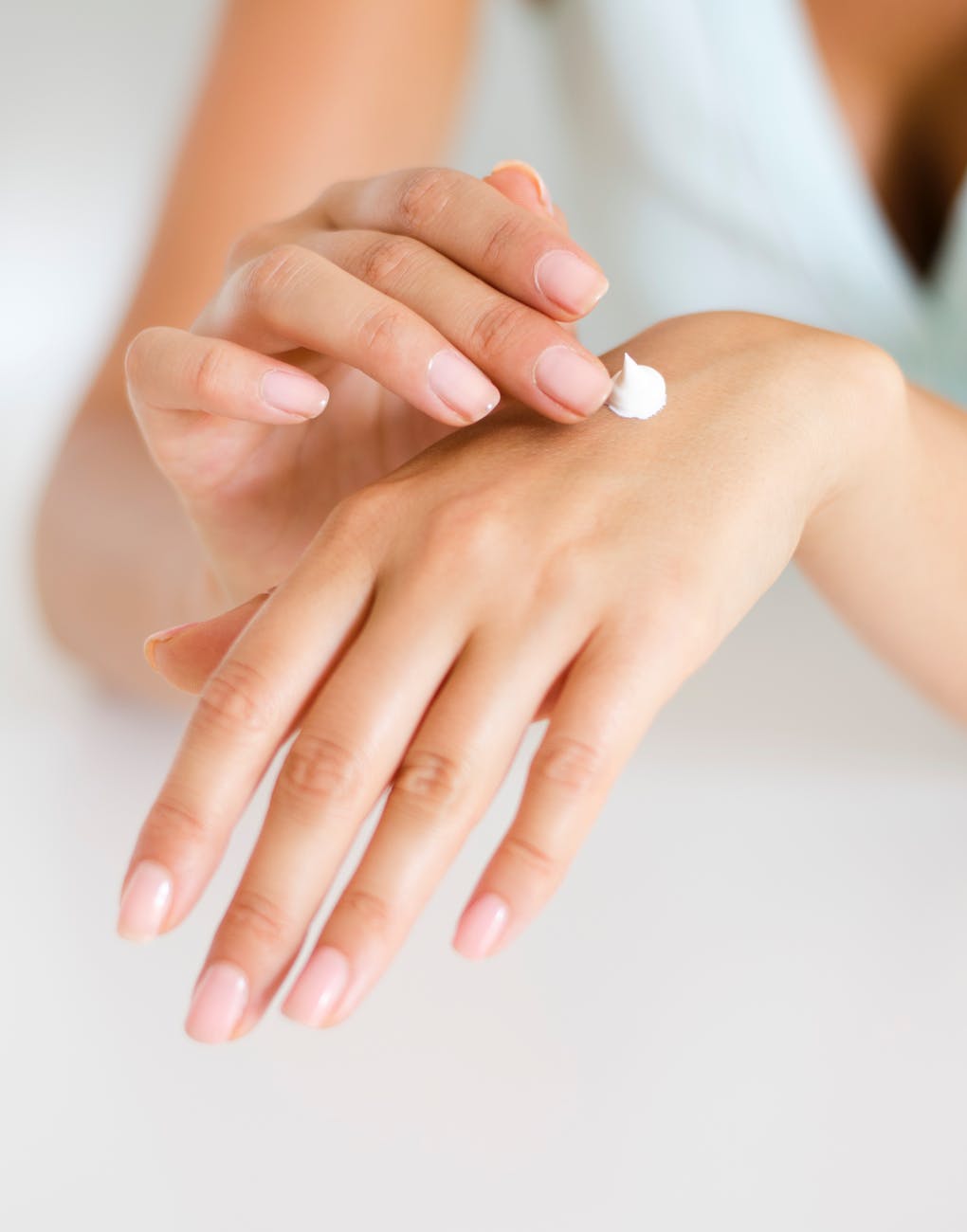Pop Quiz: The truth about our largest organ
/Pop quiz:
1. What's our largest organ?
Yes! Our SKIN
2. What happens to products you put on your skin?
They get absorbed.
3. Into what?
Our bloodstream
Scientists know this. The skin is a very effective vehicle for carrying things directly into our bloodstream - just think about the birth control patch or the "stop smoking patches". In fact, Dr. Samuel Epstein, the former head of the Cancer Prevention Coalition, says it's actually more dangerous to put a harmful chemical on your skin than it is to eat it.
You see, if you eat something it goes directly through your digestive system, namely, your liver. The liver's job is to detoxify whatever is in there that's not helpful to the body. If something is absorbed through the skin, however, it will still head for the liver but it'll most likely take the scenic route, possibly getting absorbed along the way. Think about all the possibilities, here, sisters. It may be absorbed into the lings, our lymph nodes, our heart, our brain or ANY cells along the way.
To make matters more… interesting, some chemicals are bioaccumulative, meaning they aren’t easily excreted by the body and build up over time until, sometimes, they reach toxic levels. Aluminum, a heavy metal often found in antiperspirants and other personal care products, is one such chemical.
Which brings me to another point… we hear that things are “all natural” or read these claims on the beautiful bottles lining the shelves of our local big box store but “natural” doesn’t always mean SAFE. It doesn’t always mean we should welcome that compound onto or into our body. Heavy metals like aluminum and lead are great examples. Heavy metals are linked to symptoms like tiredness, weakness, headache, nausea, and fainting as well as much more serious long-term effects such as lower IQs, in developing fetuses, neurotoxicity, links to Alzheimer’s Disease, etc. They exist on this planet with us naturally but they’re not meant to be ingested or absorbed or inhaled inside our bodies! But, I digress…
So, does everything we put on our body get absorbed? No. There are so many variables! The condition of our skin makes a big difference. Is it ultra-dry/cracked? Is it thin, such as the skin on our eye lids or thick, like that on our feet? Is it delicate like your sweet 85-year-old mom’s skin or your babbling babe? The chemical matters too, of course. Some are more easily absorbed. Sometimes ingredients, are even put in personal care products that increase the rate and depth of absorption! Some of these are natural compounds and some are synthetic. They can, of course, be helpful when they pull in extra moisture, say, or hold the door open for nutrients but they can make harmful ingredients even for harmful.
Want to hear something freaky??? I’d heard of an experiment where you can put something with a super strong taste (I’ve specifically heard of doing this with grapefruit or garlic) in between your TOES, sit back and relax, and TASTE it in your mouth a little bit later! What?!? I knew I had to try it. I just wanted to illustrate this phenomenon to myself. Was it really true my skin could absorb something from my feet and transport it through my bloodstream till I could taste it in my mouth? Yep! HOLY grapefruit! It was true. The taste was slight but, sure enough… citrus-y goodness from my toes reached my TOUNGE in just over a minute. Crazy, right? Experts say absorption can happen in as little as 26 seconds. Does this make you think about all the stuff you put on your body?
So, what do you do with this knowledge?
1. Keep learning more. There’s a steep learning curve, here, friends. There are countless resources online to help you learn to choose products wisely.
2. Reach out. Have a question about a specific ingredient? A product? Reach out and ask me. I’m happy to help or direct you to the exact resource to answer your question.
3. Stay tuned. If you’re a busy mama like me, you just might not have the time to sit down and read volumes on safe companies or safe product manufacturing protocols (plus, does anything sound more boring!?!) If getting little “drips” of helpful info every week or so seems like a bite you’d be more willing to chew on, keep in touch. I have tons to share including resources, tips and tricks to help you be empowered in keeping yourself and your family safe.
4. Read labels. I promise you’ll get better and better at this as you practice. Need a list of red flags that are common and harmful chemicals to avoid? Download my FREE Pocket Guide below and get started.
I used to not even think twice about what I put on my skin. If it smelled good and it was cheap, I was all about it. Dollar Store, here I come! Part of me still misses the coconut lime scented soap that wafted through my previous decade. But now, I know better. When you know better you do better and there's no going back. The TRUTH is, our skin is a carrier, not a barrier and what we put on our body is JUST as important (if not more) than what we put ON it.


